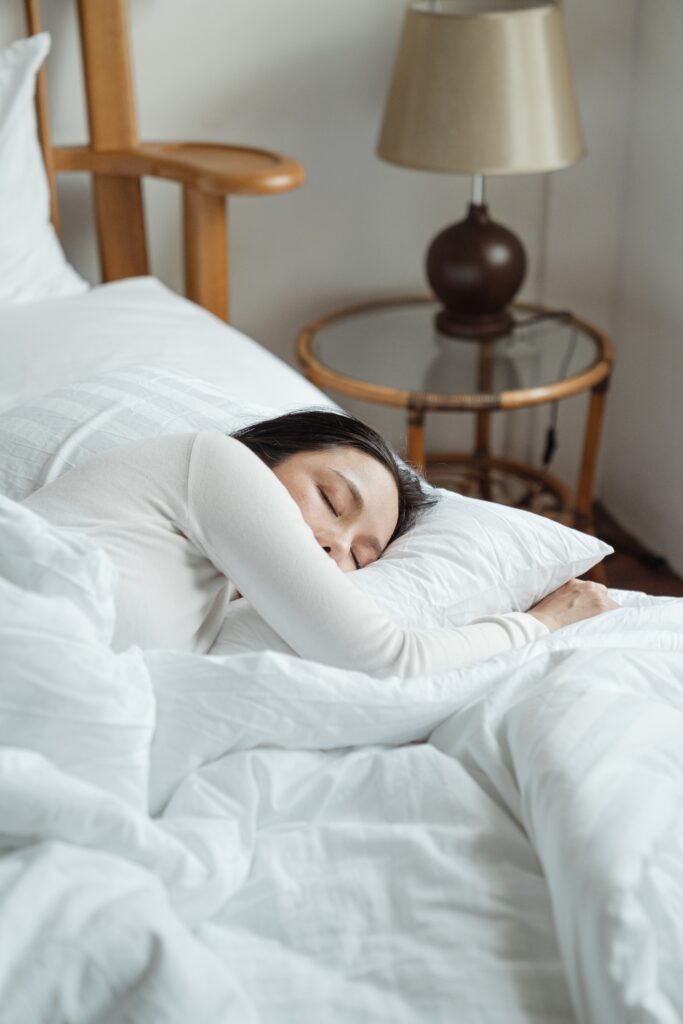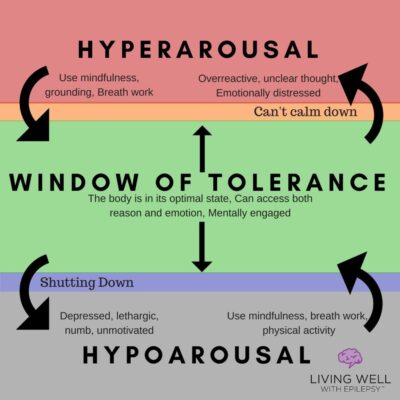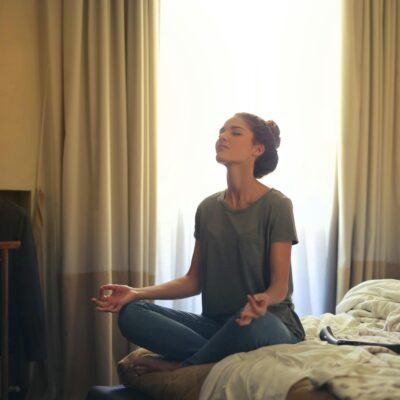 Landis on Seizures and Sleep
Landis on Seizures and Sleep
It’s no secret that sleep and seizures are related. Sleep is like an epileptic’s drunk uncle. Most of the time he stays in line, but then there’s that wedding when he goes off the rails with a perfect rendition of the “Footloose” dance while “The Macarena” is playing.
After an obsessive focus on getting “perfect sleep” and a series of accidents that became solid habits, here are a few moves I’ve learned to help me dance with my drunk uncle.
Note: we’ve included a few affiliate links below just in case you want to get your hands on some of the items in the suggestions below
1. Celestial Seasonings SleepyTime Herbal Tea
The first time I tried SleepyTime Tea was because it was winter, I was cold, and my mom suggested it. This tea is so effective that twenty minutes later, my mom couldn’t understand what I was saying. My eyes heavy, speech slurred, I was convinced my mom laced whiskey in the tea. You can check out the ingredients here–it’s all natural baby. (Or at least that’s what I’m letting myself believe.)
Science behind this: A small 2011 study referenced in Slate magazine
Personal experience: 2.5 years
2. Pajamas are Sacred
Now that we’re all living in sweats with the pandemic, it’s easier than ever for our daytime “outfits” to become our bedtime “outfits.” My pajamas are ONLY worn in bed, which started due to my irrational germaphobia. Pj’s must be clean and have zero contact with anything other than my sheets. Can’t bring those kitchen or living room germs to bed! I’ve even changed out of pajamas, then into pajamas before bed. But the (somewhat) logical side of me realized wearing clothes solely dedicated to sleep psychologically notifies my body that it’s time for some serious shut eye.
Science behind this: Pending (currently conducting my own experiment)
Personal experience: 13 years
3. Tucking in my Phone
I’d dropped my old phone so many times that the screen looked like a smashed car window from a country song. The new phone arrived in the mail before the protective case for it. Walking through my apartment, I cradled my phone in my hands like I was carrying a newborn. She couldn’t sleep in my room without her protective gear–what if I knocked her off the nightstand? I put her to sleep in the living room each night for her own safety. Soon I loved this habit of saying sweet dreams to my phone and continued it even after her case arrived. My bedroom is a sleep sanctuary, a place that no pinging notifications can bother or distract me. Sometimes a parent just needs space.
Science behind this: I bet anyone in The Social Dilemma has some…but here’s some published in the Journal of Applied Physiology
Personal experience: 6 months
4. Go to Sleep When You’re Sleepy
Mind-blowing concept, I know. Ironically, this is the one strategy with actual science to back it up. (Yes, I needed science to start doing this.) When I obsessed about the “right” way to sleep, I was in bed way before my 89-year-old Nana. The late nights when I slipped under the covers at 9:42, my heart raced with anxiety that I’d just set myself up for a seizure the next day. Regardless if I made my curfew or not, I was restless for hours, which only heightened my anxiety, and–shockingly–did not send me into a slumber
It wasn’t until a neuropsychologist, who specializes in sleep management, told me, “Go to bed when you’re tired, not at a bedtime.” Getting that go-ahead from a doc made me feel like a kid who’d just been told she could stay up late to watch “I Love Lucy” reruns. Which is exactly what I did. Then I’d drag myself from the couch, incoherent from fatigue, and wake up the next day feeling horrible.
The doctor had to clarify. “Not when you’re exhausted, but when you’re sleepy.” This distinction between tired and sleepy is hard to navigate, since–like many epileptics–I’m always tired thanks to those darling anti-seizure meds. After about a month of experimenting, I slowly was able to hear my body saying, “Go get in your pajamas, lady.”
Science behind this: Yes! Studies on Sleep Hygiene
Personal experience: 5 months
Sleep well!
With these strategies, you and your drunk uncle will be dancing the “Electric Slide” together in no time.* If you want to chat about these tactics, epilepsy in general, or why miniature plastic animals make the best gifts, please reach out to me on Twitter at @billietopanga.
*No science behind this claim, either.









Leave a Reply